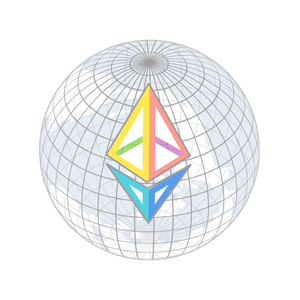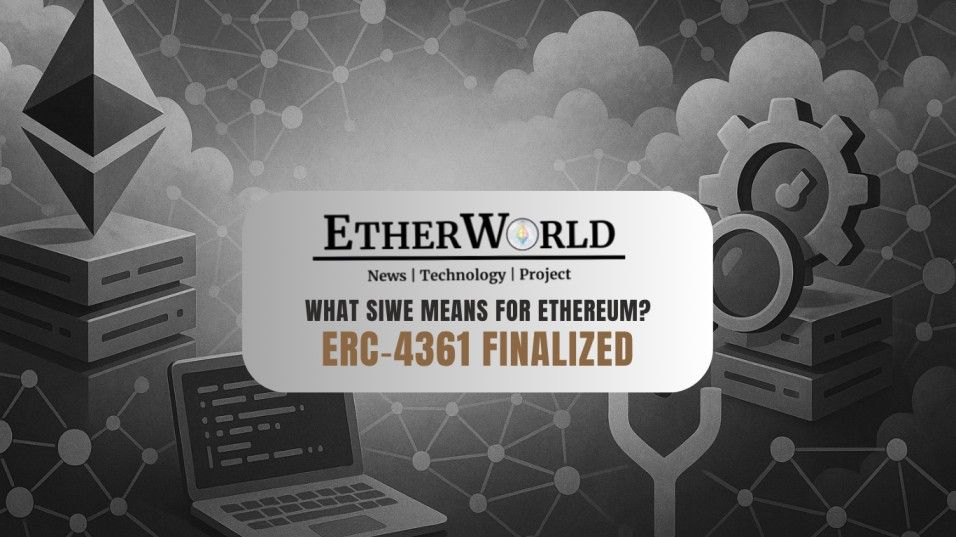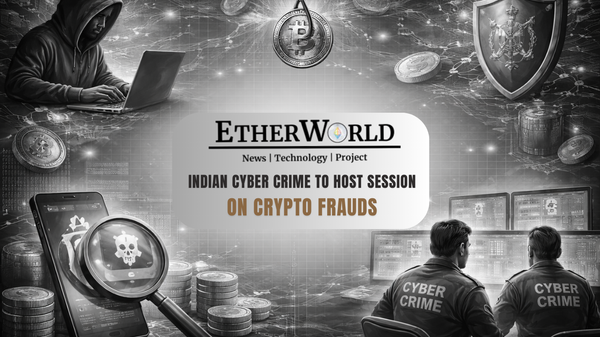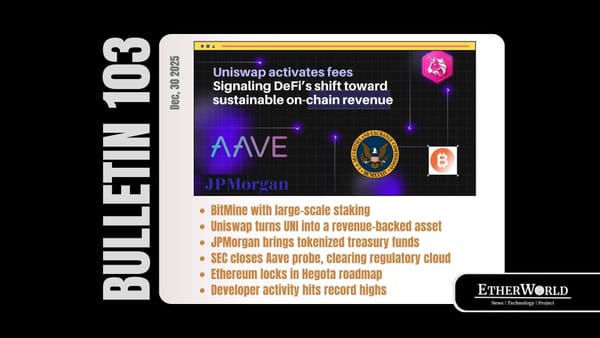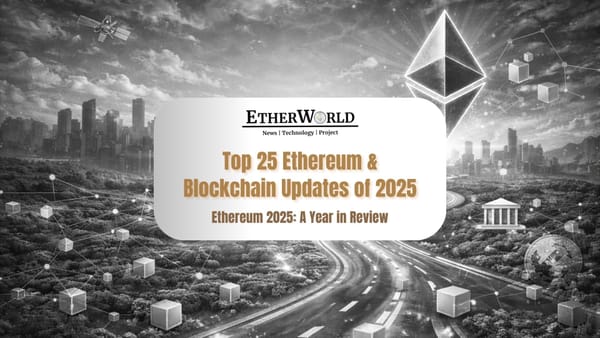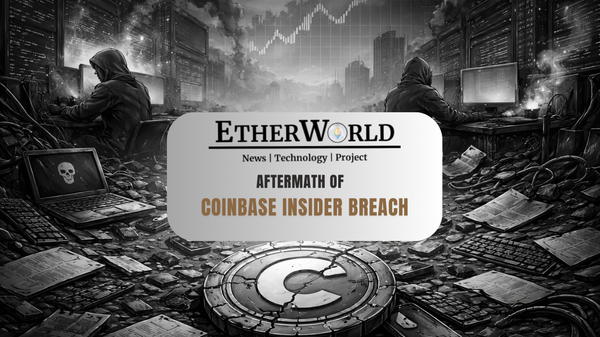The Ethereum community has officially finalized ERC‑4361: Sign-In with Ethereum (SIWE), a groundbreaking standard that transforms how users authenticate with off-chain services. By enabling a consistent, secure, and self-custodial login experience through signed messages, this update marks a major step forward in Ethereum’s evolution as a decentralized identity layer.
- What Is ERC‑4361: Sign‑In with Ethereum?
- Why ERC‑4361 Matters for Ethereum
- How It Works and Why It’s Different
What Is ERC‑4361: Sign‑In with Ethereum?
ERC‑4361 defines a standardized way for Ethereum accounts to sign structured messages for authentication. This enables users to log in to websites and apps using their Ethereum wallet, i.e., without usernames, passwords, or centralized identity providers.
This process, called Sign-In with Ethereum (SIWE), uses a consistent message format with fields like domain, address, URI, nonce, and issued timestamp. Wallets present the message to the user in a readable format, and after signing, the relying party verifies it to authenticate the session.
ERC‑4361: Sign‑In with Ethereum (SIWE) has officially moved to Final
— EIPsInsight (@TeamAvarch) August 6, 2025
This marks a key milestone for wallet‑based authentication on Ethereum, enabling a standardized, secure, self‑custodial login experience via signed messages.
Learn more here: https://t.co/Dr5BharEw4… https://t.co/MTtFVjQqKm pic.twitter.com/BKmJLJfyUW
This creates a universal login system built on top of Ethereum’s cryptographic infrastructure, compatible with popular wallets and ENS (Ethereum Name Service).
Why ERC‑4361 Matters for Ethereum
With a unified specification, wallet vendors and developers now have a shared protocol that enables:
- Self-custodial identity where users own their login keys.
- Interoperability between wallets and dApps via a consistent message format.
- Security through nonces, expiration fields, and origin verification.
- Better UX with human-readable prompts and support for ENS profiles.
This standard also positions Ethereum as more than a financial protocol as it becomes an identity layer that can support decentralized applications at scale.
How It Works and Why It’s Different
Sign-In with Ethereum uses the ERC‑191 signing standard for Externally Owned Accounts (EOAs), and ERC‑1271 for contract-based accounts. The process avoids complex data structures like those in EIP‑712 and prioritizes simplicity and widespread compatibility.
The standard includes a message grammar defined using ABNF, ensuring that all SIWE messages are machine-readable and human-understandable. Optional fields like statement, expiration time, and resources allow dApps to customize sessions and enrich the user experience.
Key distinctions include:
- Clear separation of responsibilities between wallets and relying parties.
- Focus on decentralization: no reliance on centralized identity servers.
- Enhanced privacy through selective data disclosure and minimal server interactions.
- Unlike JWTs or proprietary login systems, SIWE is designed for the decentralized web from the ground up.
Conclusion
The finalization of ERC‑4361 marks a new chapter in Ethereum’s growth, i.e., expanding its capabilities from transactions and tokens to decentralized identity. As wallets, dApps, and protocols adopt Sign-In with Ethereum, users will gain seamless access to Web3 services using the same address they use to interact with smart contracts.
Related Articles
Disclaimer: The information contained in this website is for general informational purposes only. The content provided on this website, including articles, blog posts, opinions, & analysis related to blockchain technology & cryptocurrencies, is not intended as financial or investment advice. The website & its content should not be relied upon for making financial decisions. Read full disclaimer & privacy policy.
For Press Releases, project updates & guest posts publishing with us, email contact@etherworld.co.
Subscribe to EtherWorld YouTube channel for ELI5 content.
Share if you like the content. Donate at avarch.eth.
You've something to share with the blockchain community, join us on Discord!
